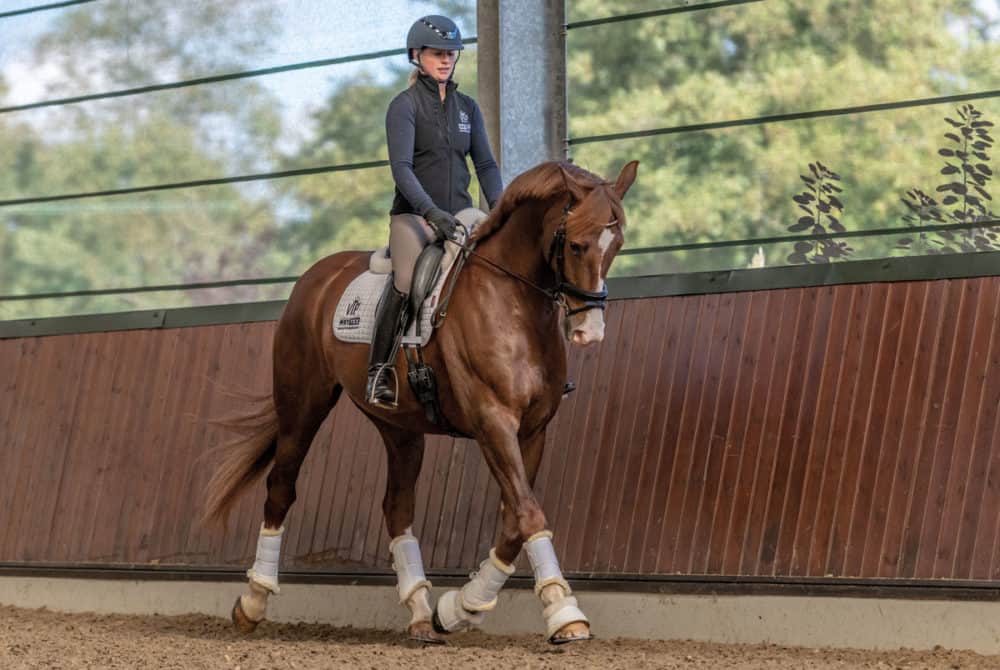What to look for in a horse with Carl Hester
Posted 1st March 2019
Olympic gold-medallist Carl Hester reveals what he looks for in a dressage horse, as well as discussing some of his top training tips and exercises

Being in the position to splash out on your next dressage sensation is an enviable situation – but how do you know where to start as you browse the classifieds? With dressage increasing in popularity, there’s certainly no shortage of potential new partners on the market.
We know that money won’t necessarily buy you talent, while it’s also worth considering that even the best breeding and movement in the world still might not translate into a future star. With perfect paces and a trainable temperament just a couple of the staples we’re generally hunting for, how do you know what’s essential and what’s simply a desirable trait? Once you’ve established your expectations and assessed your own abilities, find out what you need to splurge on and where you can afford to save as you start the search for your next dressage hero.
Put through his paces
When I’m buying a new dressage horse, I want to see three good, clear paces, with the most important being the walk and canter. I buy my horses with Grand Prix in mind, as that’s ultimately what I want them to compete at. At this level a large proportion of the movements are carried out in canter so it’s essential that the horse has a good one, showing naturally uphill cadence with a big ground-covering stride, though this is important whichever level you plan to compete at. When I watch a young horse canter, I’m looking at the bigger picture. What will the canter look like in the pirouettes, half-passes and flying changes, for example. If you’re aiming for elementary, imagine how he might fare with the movements at that level.
The trot is the easiest pace to improve, so don’t be fooled by big, flashy movement. You can turn a very average trot into something quite expressive. As your horse gets stronger in his hindquarters, he’ll carry more weight behind, which, in turn, will lighten his forehand and help develop a more expressive trot.
This cob can
Think you need a big, flashy warmblood to do well at dressage? Think again. Especially if you aren’t intending to compete at the higher levels, an average cob, as long as he has the right attitude to his work, can make a successful dressage horse – there are many native types and Iberians on the circuit doing well. Any horse with a good brain can be a contender if you train him well and maximise your marks by riding accurately.
Pick up a copy of April Horse&Rider, on sale 7 March, for more great advice from Carl.










